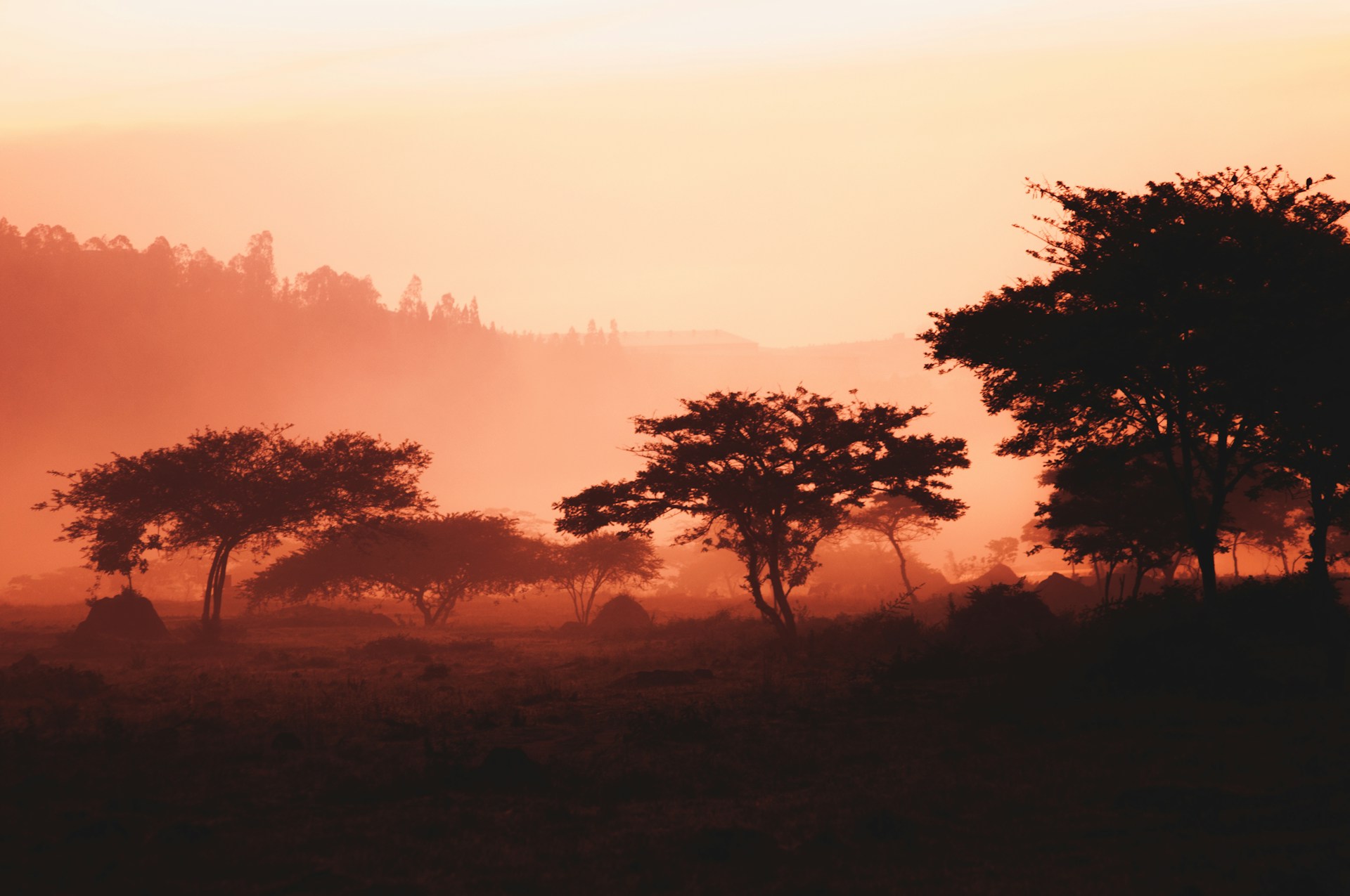Rwanda Coffee: Hard beginnings to high value crop and trending drink

Introduction of coffee in Rwanda
Coffee was first introduced in Rwanda in 1904 by Germany Catholic missionaries in very difficult conditions. When they arrived, the Rwanda King of that time, Yuhi IV Musinga did not trust their mission and the King thought they are coming for destabilizing the country.

Yuhi IV Musinga Wikipedia
Therefore, he sent them in very remote and hostile places of that time, far from the central kingdom headquarters hoping they will face difficulties and or alternatively help him to manage those places. This is why the very first four missionaries, respectively were set at Save in South, Zaza in Far East, Nyundo far North West and Mibirizi in Far South West of Rwanda.
It is in this context that father Zumbiehl and Father Verfurt, introduced coffee for the first time at Mibirizi Missionary, primarily to improve the socio-economic of local population and secondly get attention and attract more followers. Some people also says that coffee was in high demand in Europe. It is said that to get baptized and married followers had to plant at least 50 coffee trees per person. Priest also used to distribute food and other households’ equipment to followers to encourage them to plant more coffee trees.
The evolution of coffee as an economic crop
At the beginning people resisted to plant this new crop, until the 1930’s when the Belgian colonial empire forced Rwandan farmers to plant an abundance of coffee trees and expanded the cultivation countrywide. The local chiefs were the first forced to plant the coffee, as the colonial power expected them to give example to their people. Producers had little incentive to invest in the production of high-quality coffee, so for decades Rwandans produced a small volume of lower quality coffee.

After independence in 1962, the new government encouraged, even forced people to once again take care of their plantations. The new government needed new sources of fund to support the budget. At this period coffee prices were good on the international market and farmers were happy to take care of coffee again. In the 1980’s – 1990s however, Rwandan coffee prices plummeted. This led farmers to neglect coffee plantations, but coordinated efforts of value chain stakeholders have prompted dramatic growth since 2002.
Since the end of the Genocide against Tutsi in 1994, the Rwandan Government, working with the private sector and with donors, has reshaped the coffee sector. Among other measures taken, the new government has decided to liberalize the coffee sector. The aim was to remove a variety of barriers to trade, create new incentives for groups and individuals to invest in coffee production and facilitate entrepreneurship in the coffee industry. The government’s new policies were designed to shift incentives so that both the quality and the quantity of coffee produced in Rwanda would increase.

As results, the regulatory framework for coffee production has been modified, over 300 coffee washing stations have been built, donors have supported the development of market linkages between producers and foreign buyers, cooperatives have been formed, and smallholder farmers are working together in an effort to increase quality and improve marketing and branding.
Popularizing Rwanda coffee domestically and internationally
Despite having know very difficult beginnings, with the economic development of Rwanda in last 24 years coffee has known a tremendous growth and is now one preferred drink in urban areas. Hundred of cafe has opened and you can find out numerous fancy cafes at your convenience in Rwanda. As the country has oriented its economy towards tourism industry coffee, there is big inflow of tourists and coffee is served at any place. Rwandan coffee is appreciated all over the world, especially on niche speciality coffee markets.

Various donors such JICA, USAID, IFAD has supported its development to increase the quantity and quality. We can mention some initiatives such as the rise of coffee washing station promoted by USAID in 2000s, effort by JICA to revive and brand Mibirizi coffee variety as the oldest and what can be called Rwandan indigenous variety. Organizing national and international competition such as “Best of Rwanda” Coffee competition.
Happening at Kigali Convention Center: Nova Coffee wins the Best of Rwanda Coffee Competition. The top 19 best coffees of this JICA sponsored coffee competition will be sold in an international auction taking place on 12th September 2024 #coffee @RwandAgriExport @Bestofrwanda24 pic.twitter.com/2CuRuFOhgA
— JICA Rwanda (@JicainRwanda) July 6, 2024
More recent initiative by IFAD to rejuvenate most of coffee farms in Rwanda which are very old by more than 30 years. Several other partners, private entities and INGO are also involved in uplifting the quantity and quality of Rwandan coffee.
Written by Pascal FURAHA
Staff of JICA Rwanda Office/ Rwandan citizen.
We will be posting more articles from Pascal in the future. Stay tuned for more stories from Rwanda by Rwandans!
Editor: Norihiro Takeda
*The information on this page is the personal opinion and does not represent any of the affiliated organizations.

